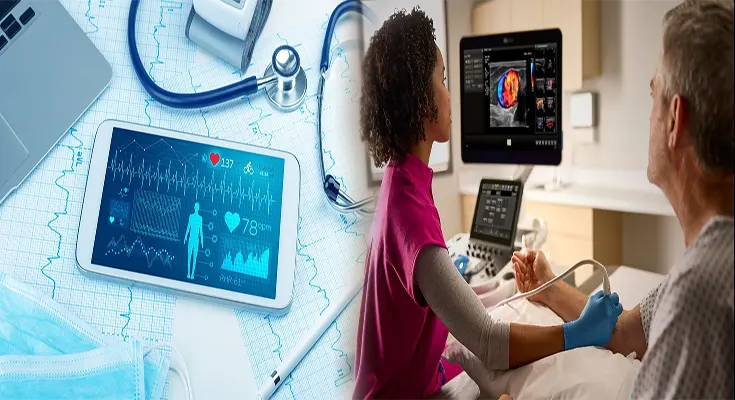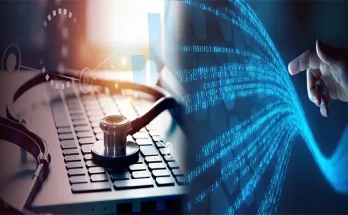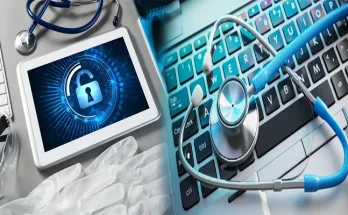Health Information Technology (HIT) continues to play a crucial role in transforming the healthcare industry, enabling providers to deliver better care, improve patient outcomes, and optimize operational efficiency. As we look ahead to 2025, several emerging trends are set to reshape the landscape of health information technology. In this article, we will explore some of the latest trends that are expected to dominate the HIT space in the coming years and their potential impact on healthcare delivery and patient care.
1. Telehealth and Remote Patient Monitoring
The COVID-19 pandemic accelerated the adoption of telehealth services, and this trend is expected to continue to grow in the coming years. Telehealth platforms allow patients to access care remotely, reducing the need for in-person visits and improving access to healthcare services, especially in rural or underserved areas. Additionally, remote patient monitoring technologies, such as wearable devices and smart sensors, enable healthcare providers to collect real-time data on patient health and intervene proactively, leading to better health outcomes and reduced hospitalizations.
2. Artificial Intelligence and Machine Learning
Artificial intelligence (AI) and machine learning (ML) are poised to revolutionize healthcare by enabling more accurate diagnostics, personalized treatment plans, and predictive analytics. AI-powered algorithms can analyze vast amounts of medical data, including imaging scans and patient records, to identify patterns and trends that human clinicians may overlook. This technology not only improves the accuracy and speed of medical decision-making but also enhances patient care by tailoring treatments to individual needs and preferences.
3. Blockchain in Healthcare
Blockchain technology is gaining traction in healthcare for its ability to securely store and share sensitive patient data, ensuring patient privacy and data integrity. Blockchain-enabled platforms can streamline data exchange between healthcare providers, insurers, and patients while maintaining a secure and tamper-proof record of patient information. This technology holds the potential to reduce administrative costs, prevent data breaches, and improve interoperability across healthcare systems, enhancing patient care coordination and continuity.
4. Cloud Computing and Data Analytics
Cloud computing and data analytics are transforming how healthcare organizations manage and analyze vast amounts of patient data. Cloud-based platforms offer scalability, flexibility, and cost-effectiveness, enabling healthcare providers to store, access, and analyze data in real time from anywhere. Data analytics tools leverage this data to extract valuable insights, identify trends, and improve clinical outcomes. By harnessing the power of cloud computing and data analytics, healthcare organizations can make data-driven decisions, optimize resource allocation, and enhance patient care quality.
The future of health information technology is bright, with innovative trends set to revolutionize the way healthcare is delivered, managed, and experienced. By embracing telehealth and remote patient monitoring, artificial intelligence and machine learning, blockchain technology, and cloud computing and data analytics, healthcare organizations can unlock new opportunities for improving patient care, increasing efficiency, and driving innovation in the healthcare industry.
As we look ahead to 2025, these latest trends in health information technology hold the promise of transforming healthcare delivery and shaping a more connected, patient-centric, and efficient healthcare system for the future.





